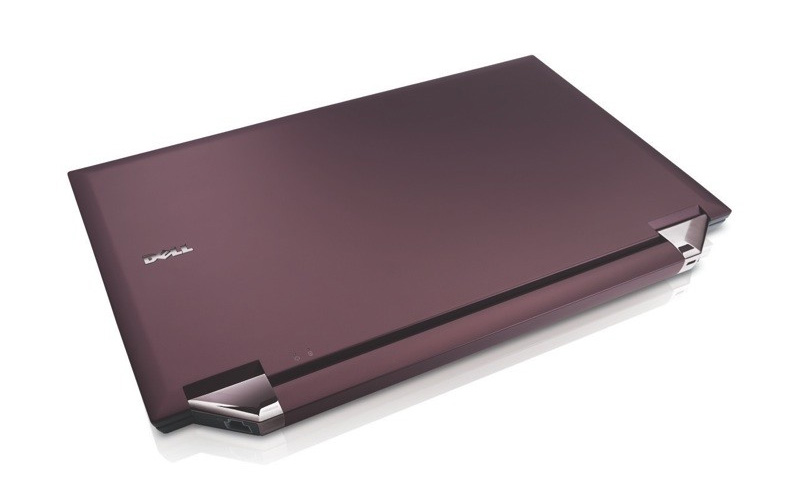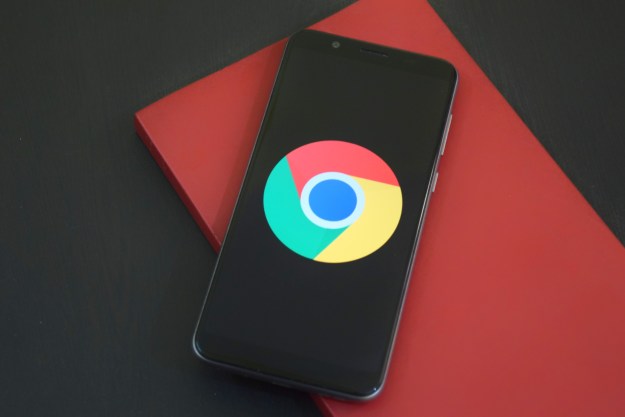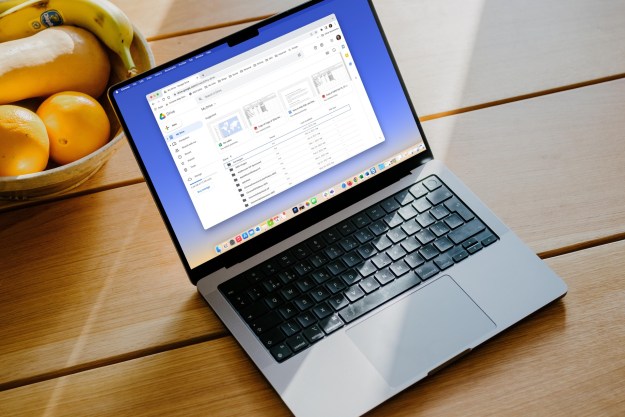
Google has decided to open up another front in its competition with industry titan Microsoft—and this time, it’s attacking the heart of Microsoft’s business by launching its own operating system: Google Chrome OS. Google Chrome OS will be a lightweight, open source operating system initially intended for netbook computers. A separate project from Android, Google smartphone platform, Google Chrome OS will offer a windowing system running on top of a Linux kernel, and Google plans to support both x86 and ARM processor architectures with the new OS. Unsurprisingly, the main goal of the Chrome OS will be to get users into Google’s Chrome Web browser; from there, they will be able to access a wide variety of Web-based applications, rather than having to rely on native desktop applications.
"Google Chrome OS is being created for people who spend most of their time on the Web, and is being designed to power computers ranging from small netbooks to full-size desktop systems," wrote Google engineering director Linus Upson and product management VP Sundar Pichai, in the company’s blog. "We’re designing the OS to be fast and lightweight, to start up and get you onto the Web in a few seconds. The user interface is minimal to stay out of your way, and most of the user experience takes place on the Web."
Google says it is already talking to partners about Google Chrome OS, and will soon begin working with the open source community—the company hopes to have more detailed information about Google Chrome OS available this fall, and start getting products into consumers hands in the second half of 2010.
At the moment, netbooks are the only area of the general computing market experiencing significant growth, and the vast majority of netbooks purchased by consumers are currently running the ever-aging Windows XP. Microsoft hopes to transition the netbook markets to Windows 7 Basic beginning in October, giving Windows 7 roughly a one-year head start on Google Chrome OS in the netbook market…assuming Google can keep to its tentative timeframe. There’s no doubt Google would face an uphill battle attempting to establish market share, but if the company can deliver on its promise of a streamlined, high-performance operating system that does the basics without being subject to the security, maintenance, and malware headaches of Windows, it might be able to give Microsoft a run for its money in netbooks. And once Chrome proves viable there, it’s a small step to small form-factor PCs, media centers, lightweight "kitchen computers"…and even mainstream notebooks and desktops.
[Update 08-Jul-2008: Google has revealed its initial hardware partners for the Chrome platform: Acer, Adobe, Asus, Freescale, Hewlett-Packard, Lenovo, Qualcomm, and Texas Instruments.]
Editors' Recommendations
- 5 web browsers you should use instead of Google Chrome or Edge
- How to update Chromebooks and Chrome OS
- Google may build Gemini AI directly into Chrome
- The 23 best Google Chrome themes in 2024
- How to switch back to classic Google Chrome design


